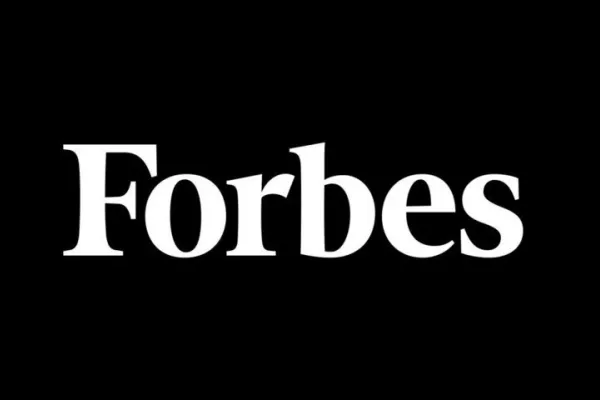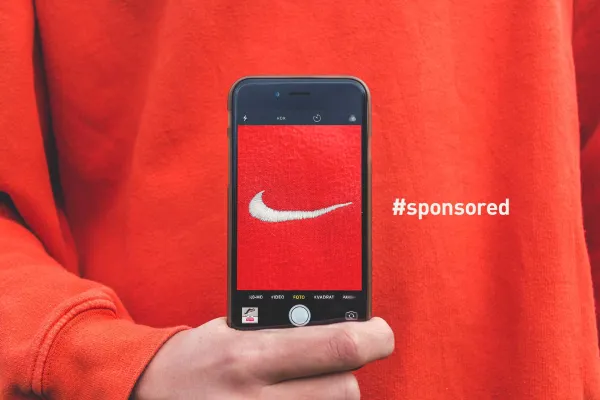
 Details
Details
The ultimate goal of any brand's content is to prompt conversion, but how can we create native that consistently does so? Here are 6 tips:
There are many opinions on what it means to write great copy and, moreover, great native advertising. At the end of the day, though, the ultimate goal of any brand’s native copy is conversions. Whether it’s looking for newsletter signups, white paper downloads or product purchases native content’s job is to get us there.
What’s not widely agreed upon is how exactly we craft native copy that converts.
As you might know, native advertising is paid advertising where the ad matches the form, feel and function of the content of the media on which it appears.
That is, rather than the interruption-based advertising, which we’ve become all too savvy at blocking out – particularly with the advent of ad blockers, the goal of native advertising is to blend in. The idea is that the reader will consume that content if interested, thereby creating a better relationship between ad and consumer that can up the increase the odds of brand recognition, brand affinity and, ultimately, conversion.
It’s clear then – if done correctly – native is best poised to prompt conversions, but how can we be sure it’s done correctly? How can we craft native content that consistently converts?
That’s precisely what we’ve dedicated this post to.
So sit back, read along and discover the 6 simple tips that can help you craft compelling native content that converts.
READ MORE: 4 Ad Headline Generators You Need to Try Today
1. Focus on Customer Needs
Great native, first and foremost, should fill a customer need. While there are different reasons to use native throughout the customer journey, the actual needs of your audience should dictate your efforts if you actually want to see tangible business results. At times, this lesson is easy to forget. We tend to hear about a lot of awareness pieces of native that stray pretty for from actual products or services. This is not a bad thing, in fact, it can be really great. But it means you really need to understand your audience, their latent informational needs, and you’ll need to have a plan for following up with content that can bring them further along on their buyer’s journey, after the fact.
Many companies might be tempted to focus their efforts on more button-funnel native efforts. That is native content that is focusing on their company’s products and services. This is ok too, but you need to remember that readers are already inundated with information like this. You need to be sure you’re not shoving it down their throats, but rather serving them real value.
You’ll also want to keep a few things in mind:
- Even if your goal is sales, be sure to create content for every stage of the buyer’s journey.
When explaining the merit of your offering, you will need to be sure to address why your customer should choose yours over your competitors’. Do this by answering the following questions:
- How is your product or service better than the rest?
- What features does your product or service, have that others are not providing?
- Are your prices better than the market prices or do you offer free delivery? – Price is always a tricky one. Many and I mean MANY brands try to avoid listing or talking about their prices as they’re fearful it may detract from customer interest. If you don’t at least talk about the factors that affect price, your customer will find someone who will.
The way you talk to your customer about products and services will matter too:
- If you sound like a product pamphlet just rattling off features, we’ve got news, you’re no longer crafting native advertising, and your customers may even duped or frustrated, detracting from your brand image.
- Instead, talk to the customer in the first-person. When transcribing the content, try to emulate the way a salesperson in an actual shop would speak. The important thing to remember is NOT to make false claims in this section, which you cannot fulfill.
RELATED: How to attract and convert mobile users with native advertising
2. Don’t be afraid to highlight your weak spots
There are a lot of reasons to not convert. If you’ve been on any landing page, you’re probably all too aware of this fact. Is far too easy to lose the reader’s attention or trust – if only for a moment – then, just like that, you’ve lost a potential conversion.
A great way to overcome this is to actually focus on some of the reasons for not converting, and thoroughly debunk the rationale. Take high prices for example. Rather than avoiding the topic, write about why high prices make unparallel service possible, for example. The customer is already thinking it, and by addressing the elephant in the room, you’re more likely to make the reader feel understood and tended to. It will also likely build trust as it shows you’re not afraid to talk openly about the downsides of your product or service.
READ MORE: The Best Native Ads Platforms Right Now
3. Presenting All Options
Be real, your product or service is certainly not the only one on the market. You know that and so does your customer. Don’t pretend it is. Instead, acknowledge the other options, talk about their pros and cons and be open about who your product or service is best for.
This approach may seem like you’re scaring off potential customers, but in reality, you’re building greater trust with those that might actually purchase with you, and you’re simply helping those that are not likely to drop off sooner. Best of all, those that do drop off won’t have ill, they’ll likely appreciate your transparency, remember it and maybe even come back when they are a more qualified customer.
READ MORE: The Best Examples of Native Advertising in 2024 (So Far)
4. Targeting Powerful Emotions
Tapping into emotion is a critical component of any marketer, advertiser or communicators job. We like to believe we make purchasing decisions based on rational thinking, but most of the time, it’s emotions that drive our final actions.
For instance, you may decide you need to buy a pair of shoes, you may narrow in on the kind you want and your down to making a decision between three similarly prices pairs. That final decision of which pair to go with is ultimately an extremely subjective and emotion-based decision.
That’s why emotional advertising is one of the surefire ways to get users to convert. Put yourself in the reader’s shoes, understand the emotions that might feel with regard to the purchase of your product, and infuse this in your writing.
When going the emotional route, though, you need to make sure you’re still being true to your product and service offerings, otherwise, you will come off as disingenuous.
RELATED: How to Take your Native Ad Strategy Full-Funnel with 3 Specific Content Types
5. Your Content is the Guide
Make sure that your content directly addresses the customer’s apprehensions and concerns. The content is the only thing that the customer can use to judge your product or service. It is consequential that all your content is reliable and not misleading in any way. The customer will label your product as a rogue product if there is even the slightest chance of misleading content. You can use your content to establish a personal relationship with your customer.
Customers today are wary of shoestring corporations masquerading as mega-corporations making outrageous claims. Do not make any claims to potential clients with your content, which you cannot deliver. In the end, this will only hurt your company’s reputation. Use your content cultivate confidence and faith in your viewership by delivering on your promises.
6. Always include a Call to Action
Once you have the readers attention and trust. Tell them what to do next.
You can’t expect a conversion if you don’t make it perfectly clear what you want your potential customer to do next. Make clear call to actions and varying points in your communication – some will be ready to convert sooner, while others will take more time.
Take care crafter call to action text. While it may seem inconsequential, following a call to action is the most valuable action your reader can take, so put the effort in and make it contextual.



